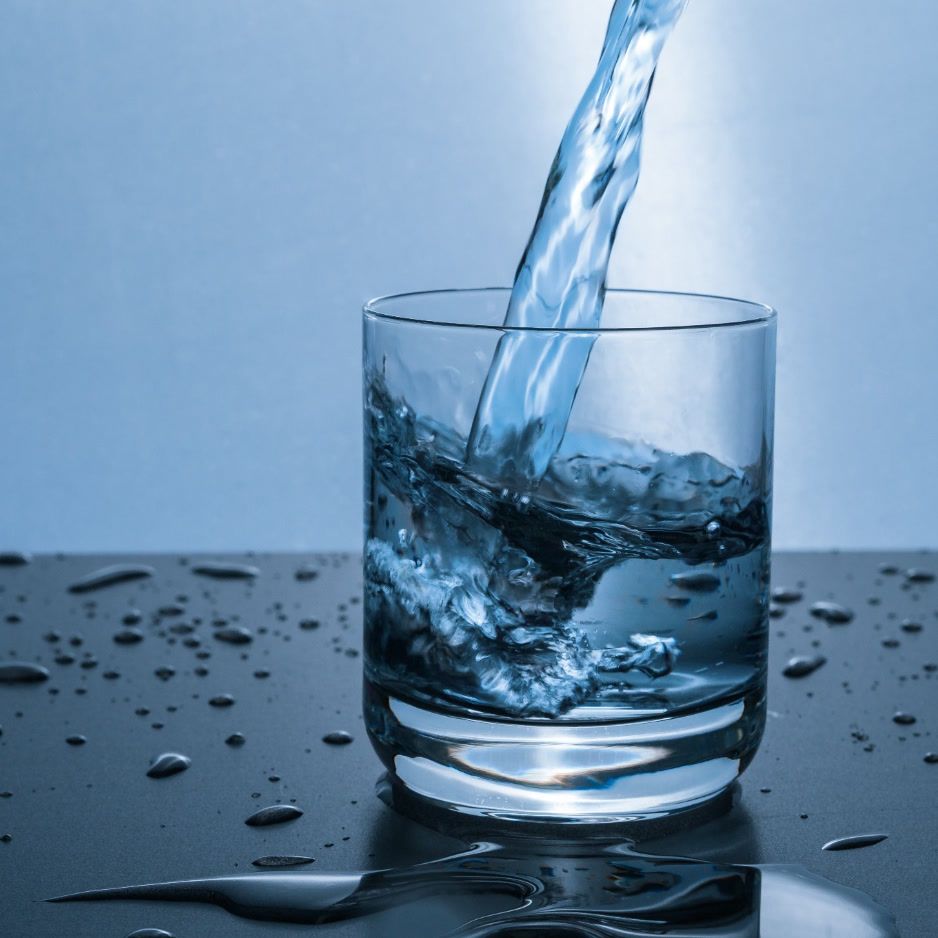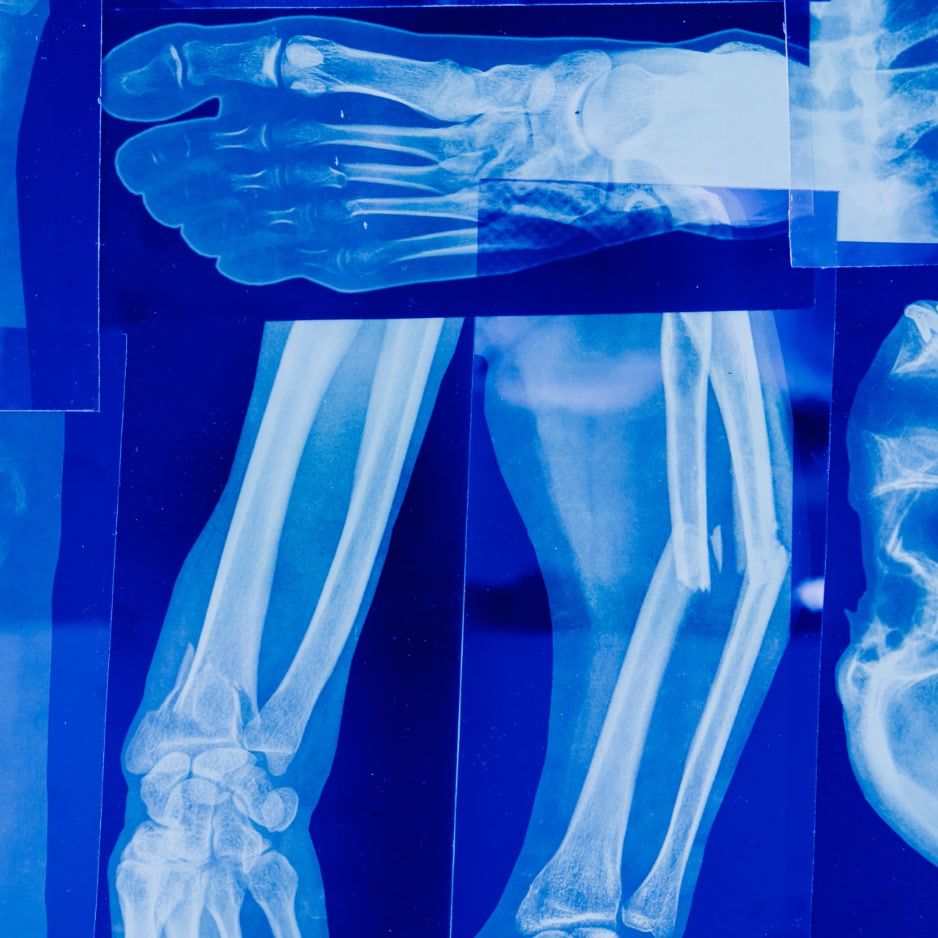Best Protein After Workout: Types, Timing & Doses

Best Protein After Workout: Types, Timing & Doses
You don’t need the perfect powder to recover well. Focus on getting enough high‑quality protein at the right times, using a source that agrees with your digestion and dietary needs.
Quick answer: Aim for 20–40 g of a fast‑digesting, high‑quality protein (like whey isolate) within a few hours after training. If you work out late, take 30–40 g before bed. On endurance days, prioritize carbs (about 1.0–1.2 g/kg) and pair with ~0.3 g/kg protein.
Here’s a practical, evidence‑backed guide to what to take, how much, and when—plus quick recipes you can make on a busy day.
TL;DR: Best Post‑Workout Protein by Scenario
- Time‑crunched strength session: 20–40 g whey isolate + water or milk alternative; target ~0.25–0.40 g/kg protein in this meal (see the ISSN position stand on protein and exercise).
- Evening training: 30–40 g pre‑sleep protein; casein is slow‑digesting, but whey also works for overnight MPS (supported by a 2020 pre‑sleep casein review and a 2023 pre‑sleep protein RCT).
- Plant‑based: Soy or pea‑rice blends to match essential amino acids; outcomes can be similar to whey when EAA profiles are matched (see this Frontiers in Nutrition RCT).
- Endurance focus: Prioritize carbs ( ~1.0 g/kg) and add protein ( ~0.3 g/kg) in your post‑workout meal to support recovery.
How to Calculate Your Post‑Workout Protein Needs
- Per meal: 0.25–0.40 g/kg body weight (about 20–40 g for most), per the ISSN position stand.
- Leucine target: If you’re larger or want to be sure you hit a leucine‑rich dose, aim for the higher end of the range. ISSN suggests ~700–3000 mg leucine per dose, typically achieved with ~20–40 g of high‑quality protein.
- Daily totals: Most active people land between 1.4–2.0 g/kg/day with benefits to lean mass and recovery (ISSN position stand). Endurance athletes may benefit from ~1.8 g/kg/day, and potentially >2.0 g/kg/day during carb‑restricted phases (see the 2024 endurance protein review). For a step‑by‑step program that ties intake to outcomes, see our guide on Gaining Lean Muscle.
Quick math examples: A 150 lb (68 kg) lifter would take roughly 17–27 g (0.25–0.40 g/kg) in the post‑workout meal. At 200 lb (91 kg), that looks like ~23–36 g. Smaller athletes may require slightly less than 20 g—that’s fine if you consistently hit your daily total.
Best Protein Types After a Workout (And When to Use Them)
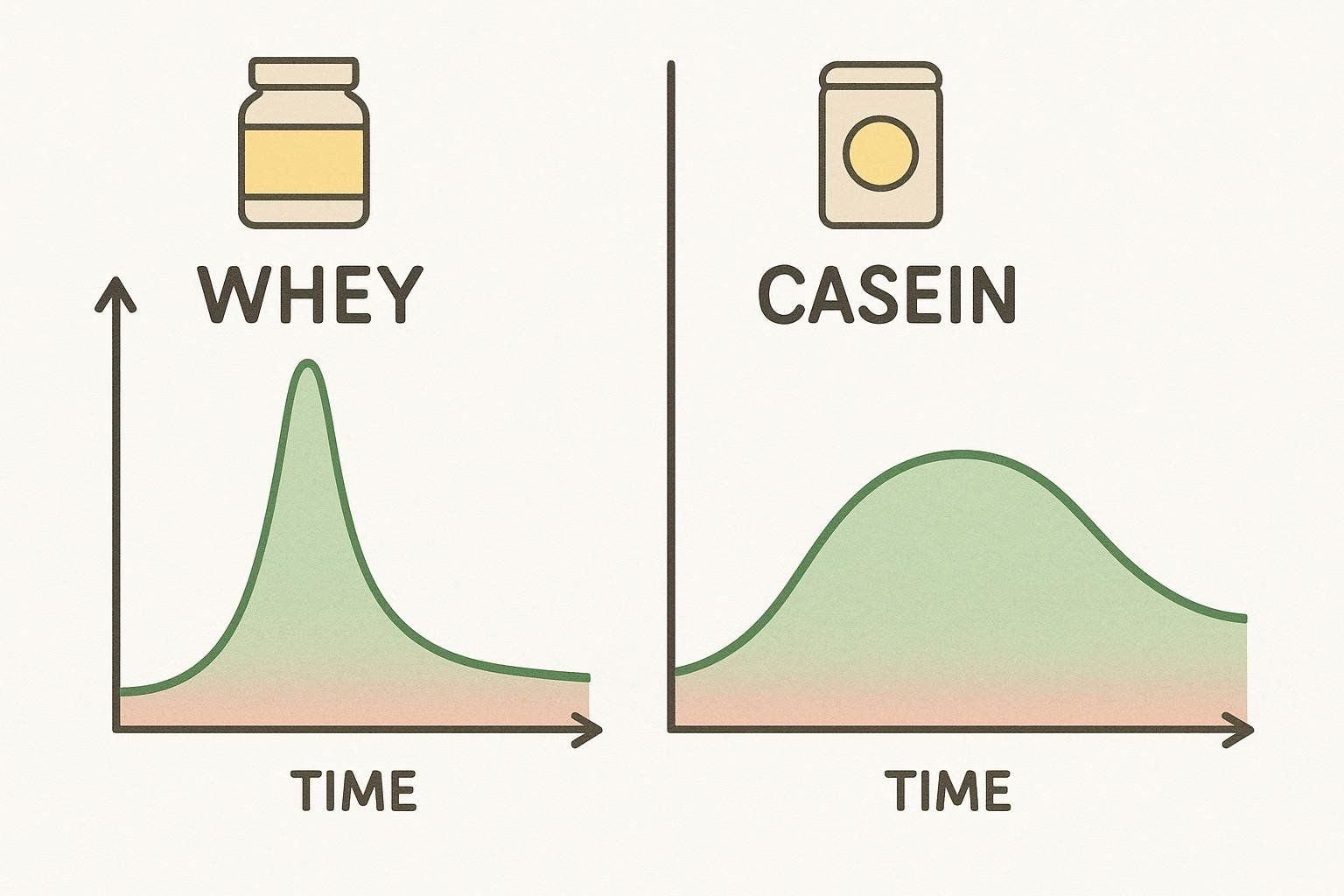
| Protein Type | Key Characteristic | Best Use Case |
|---|---|---|
| Whey isolate/concentrate | Fast‑digesting, leucine‑rich | Soon after a workout to quickly stimulate MPS (see the ISSN position stand) |
| Casein (micellar) | Slow‑digesting, sustained amino acid release | When the next meal is far away or before sleep for overnight recovery (see the 2020 pre‑sleep casein review) |
| Soy, pea, or pea‑rice blends | Complete or complementary EAAs when combined; can match whey outcomes | Post‑workout for dairy‑free/vegan diets; match total EAAs/leucine (see the Frontiers in Nutrition RCT) |
| Egg white protein | Complete amino acid profile; moderate digestion | Dairy‑free option for post‑workout or between meals (see Cleveland Clinic’s guide) |
| Whole foods (Greek yogurt, cottage cheese, chicken, tofu) | Nutrient‑dense; variable digestion speeds | Post‑workout meal within a few hours; the window is hours, not minutes (see ISSN nutrient timing notes) |
Timing: Do You Need Protein Immediately After Training?
Short answer: you’ve got a window. Exercise sensitizes muscle to protein for at least 24 hours, with the response highest in the first several hours. Distributing doses every 3–4 hours throughout the day supports recovery. If you trained at night, a pre‑sleep 30–40 g dose supports overnight repair (shown in a 2020 casein‑before‑bed review and a 2023 randomized study on pre‑sleep protein).
What About Carbs After a Workout?
For Strength Training

Carbs help refill glycogen and support performance next session; combine them with protein for a balanced meal (see the ACSM/AND/DC joint position summary).
For Endurance Training
Carbohydrates take center stage. For rapid glycogen restoration, target 1.0–1.5 g/kg in the first 30 minutes. Continue with additional carbohydrate every two hours for the next 4–6 hours, and add protein to assist muscle repair, as recommended in the joint position stand from the ACSM, AND, and DC. When total carb intake is sufficient, adding protein doesn’t further enhance glycogen resynthesis, but it still aids repair (see the 2024 endurance protein review). If you’re rebuilding for another hard session, see our Muscle Recovery guide for a bigger‑picture plan.
Post‑Workout Protein Examples for Your Goals
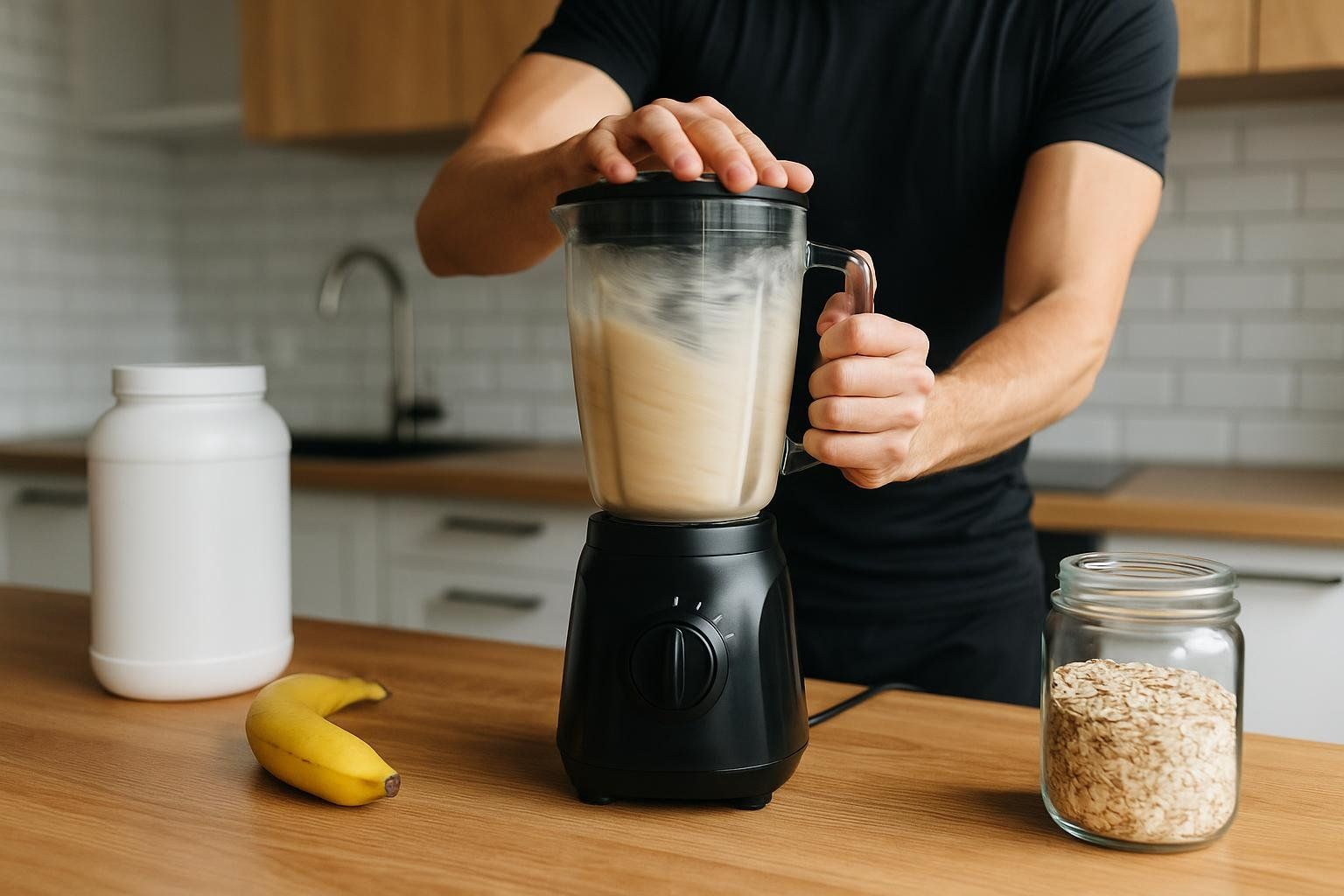
Everyone’s stomach and schedule are different. Use these templates to hit your targets fast.
-
James (time‑crunched lifter on a budget):
- Choose: Whey isolate (fast, affordable per serving).
- Dose: 25–35 g protein post‑workout.
- 60‑second shake: 1 scoop whey isolate + 10–12 oz water, or blend with 1 banana and ½ cup oats if you need carbs for your next session.
- Why it works: Hits the 0.25–0.40 g/kg dose and leucine target in a single serving (see the ISSN position stand).
-
Emily (endurance + evening CrossFit, sensitive stomach):
- Choose: Lactose‑free whey isolate or a pea‑rice blend for easier digestion.
- Dose: 25–35 g protein + carbs.
- Gentle recovery smoothie: 1 scoop lactose‑free whey isolate + 1 cup lactose‑free milk or almond milk + 1 medium banana + a pinch of salt. For a larger glycogen boost, add easily digestible carbs like dextrose or honey, ensuring your total intake aligns with the ACSM carbohydrate guidelines.
-
Arjun (vegan CrossFit athlete):
- Choose: Blend pea + rice (or soy) to round out EAAs.
- Dose: 30–40 g protein (plant proteins may require slightly higher doses to match leucine/EAA targets).
- Vegan power shake: 1.5 scoops pea‑rice blend + 12 oz soy milk + frozen berries + cinnamon. Outcome parity with whey is achievable when EAAs are matched (see the Frontiers in Nutrition RCT).
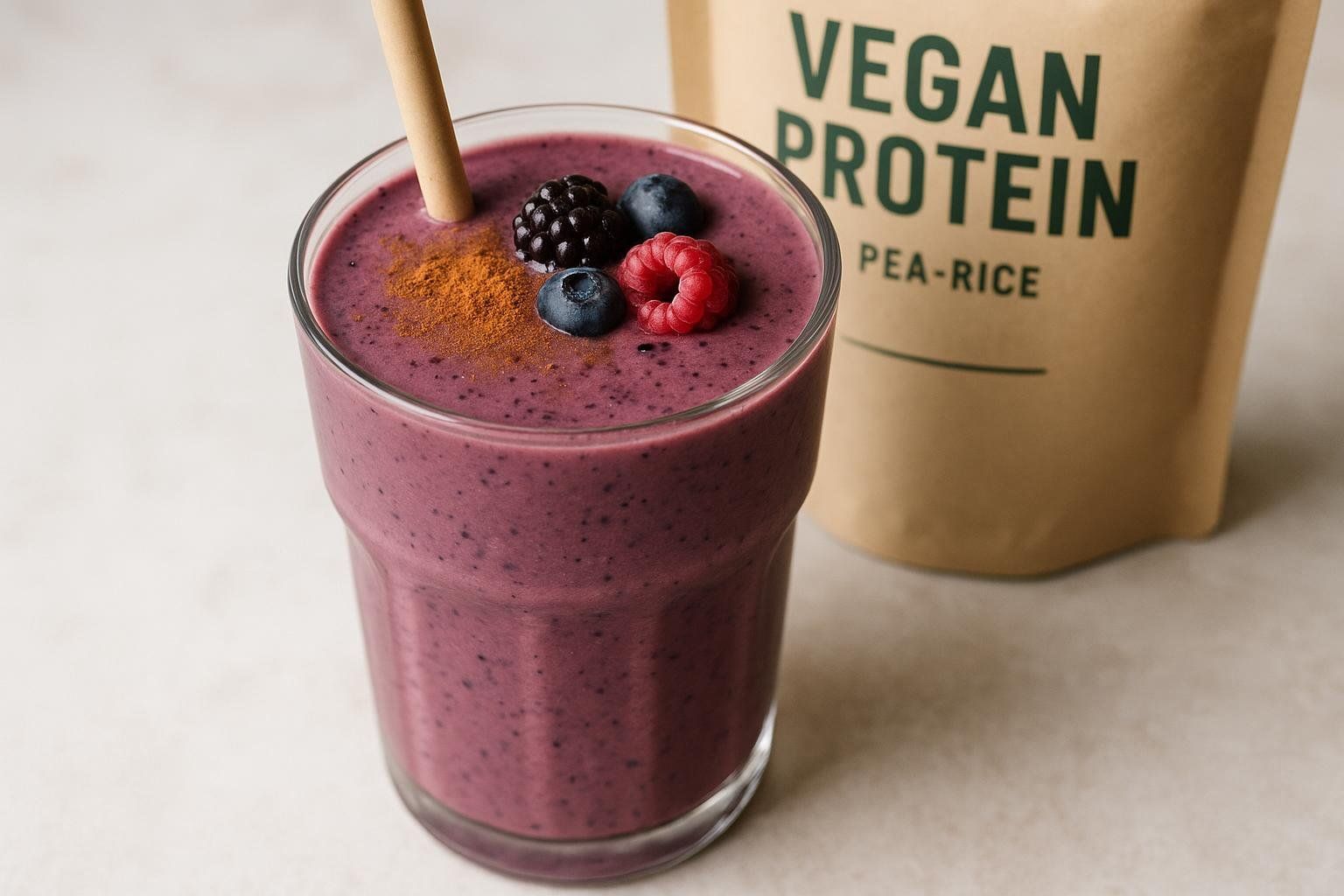
How to Choose the Best Protein Powder (Checklist)
- Pick a type that fits your diet and GI comfort (whey, casein, soy, pea, blends). Whey is fast; casein is slow; well‑formulated plant blends can match EAAs (see the ISSN position stand and the Frontiers RCT).
- Scan the label. The Cleveland Clinic’s guide recommends choosing minimal added sugars/sugar alcohols and low‑lactose options if you’re dairy‑sensitive.
- Look for third‑party testing seals like NSF Certified for Sport or Informed‑Sport/Informed‑Choice; the U.S. Anti‑Doping Agency specifically recognizes NSF Certified for Sport for reducing risk from supplements.
- Check value: Compare cost per 20–30 g protein dose and note that tubs are often cheaper than ready‑to‑drink shakes; see the Cleveland Clinic’s buying tips.
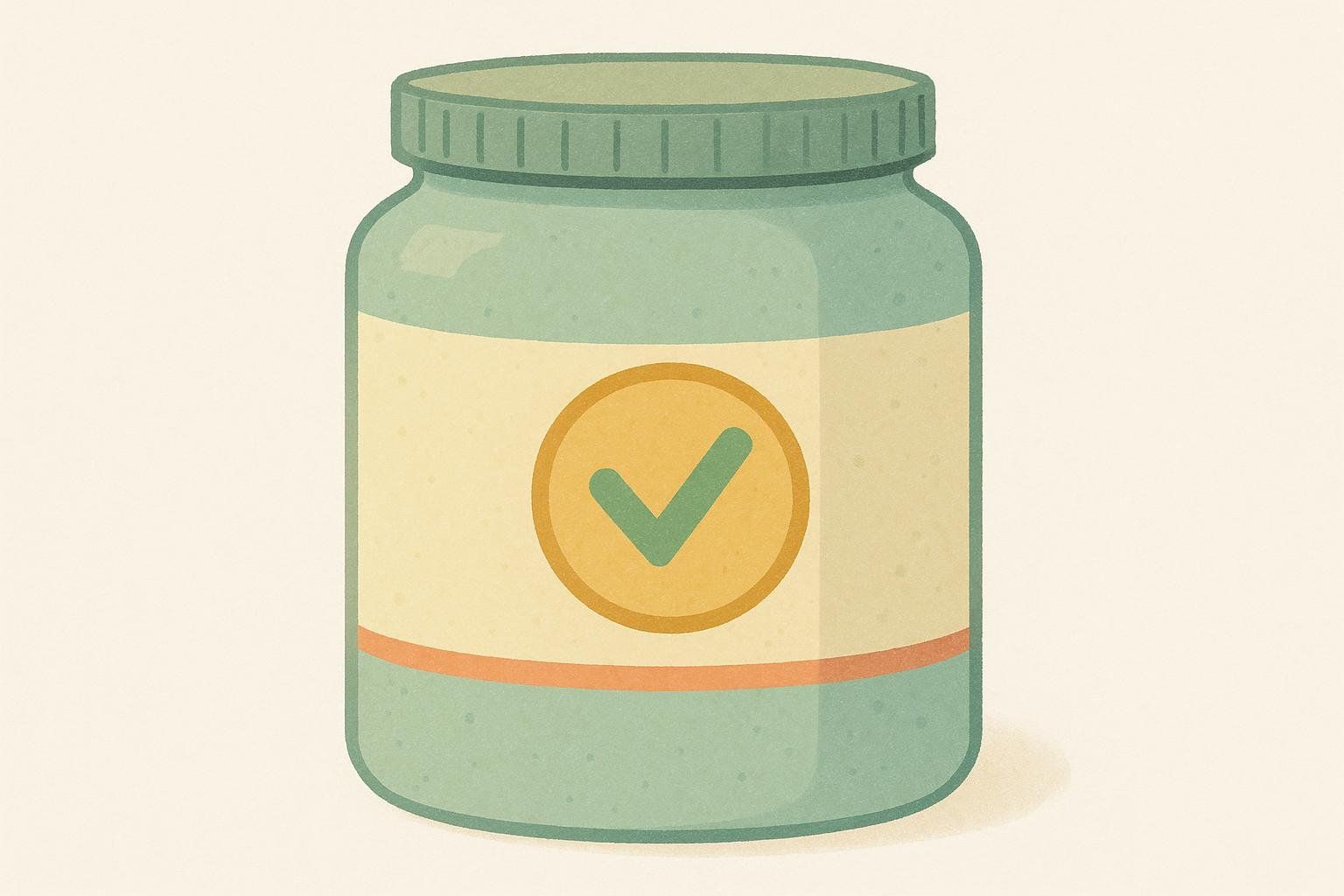
Safety, Myths, and Special Cases
- “High protein hurts kidneys.” Not in people with healthy kidneys: intakes in the 1.4–2.0 g/kg/day range are considered safe by ISSN, with studies showing no adverse effects on kidney or liver markers in trained individuals at even higher intakes under study conditions (ISSN position stand). Anyone with pre‑existing kidney disease should consult their clinician.
- “Plant protein can’t build muscle.” When EAA content is matched and total daily protein is adequate, plant proteins can perform similarly to whey on strength and body comp outcomes (see the Frontiers RCT).
- “The anabolic window is 30 minutes or you miss gains.” The window is broader—think hours, not minutes—especially if you ate pre‑workout. Focus on total daily protein and even distribution (per the ISSN position stand).
- “More protein is always better.” Above a solid baseline (often ≥1.6 g/kg/day with resistance training), extra protein adds only small additional benefits on average, per a 2022 systematic review and meta‑analysis.
Bottom Line

The best protein after workout is the one you’ll take consistently: about 0.25–0.40 g/kg (20–40 g for most) soon after training, repeated every 3–4 hours across the day. Prioritize carbohydrates for endurance recovery, and consider a pre‑sleep dose after late sessions. Getting your total daily intake and distribution right matters more than any single shake.
Track What Matters: Protein Is the Input, DEXA Shows the Output
If your goal is to gain muscle while keeping fat in check, pair smart protein timing with objective tracking. A BodySpec DEXA scan quantifies fat mass, lean mass, and visceral fat so you can see if your plan is working—and adjust fast. Validate your nutrition plan by learning about DEXA scan accuracy and how to interpret your DEXA scan results.
